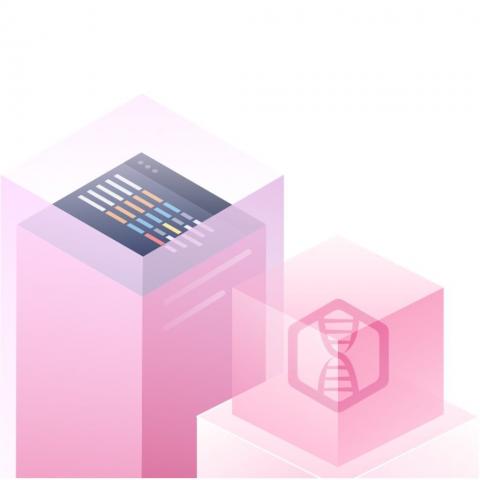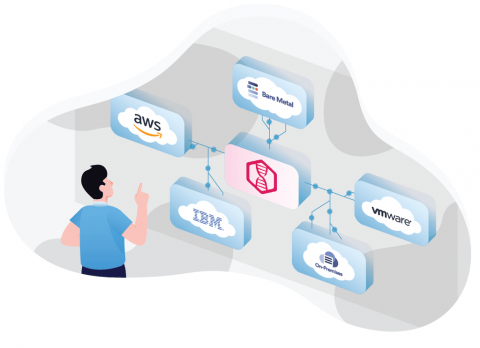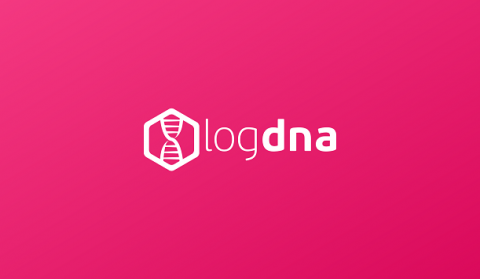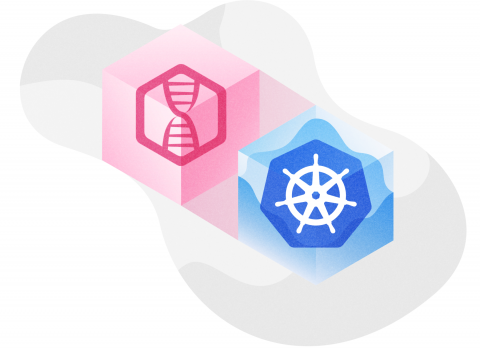New LogDNA Feature: Absence Alerting
Being proactive is one of the key elements of a successful company. We are always seeking ways to help you perform at your best. With this goal in mind, we have been working on enhancements over the past couple of months in our alerting logic. Today, we’re proud to announce another highly anticipated feature from LogDNA: Absence Alerting!











